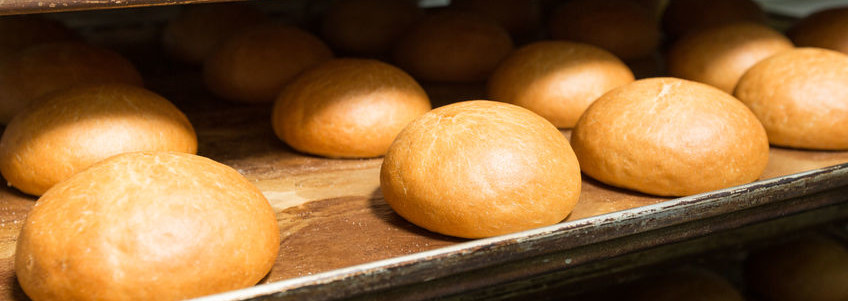
Your lecithin source matters
Lecithin is found naturally in many foods, with the most common sources being eggs and soybeans. This is why it works for clean label. However, concern of GMOs has made many bakers search for alternative sources. Plant-based lecithin, such as sunflower, is a popular choice.
The type you use for an emulsifier matters too
Lecithin comes in liquid (fluid) and powdered (de-oiled) form. The hydrophilic-lipophilic balance (HLB) is intermediate and ranges depending on the type:
- 3-4 for native fluid lecithin
- 7-8 for de-oiled lecithin
- 8- >10 for modified lecithin
This balance allows it to stabilize oil and water or water and oil emulsions and air bubbles in batters and creams.
How is it made?
Commercial lecithin is made from a mixture of phosphatides of choline, ethanolamine and inositol, along with small amounts of other lipids. There are bleached varieties available. It can be commercially bought in powder or liquid form. Standard soybean lecithin usually comes in a translucent fluid, with a viscosity of 100s-1 or 10 poise max.

